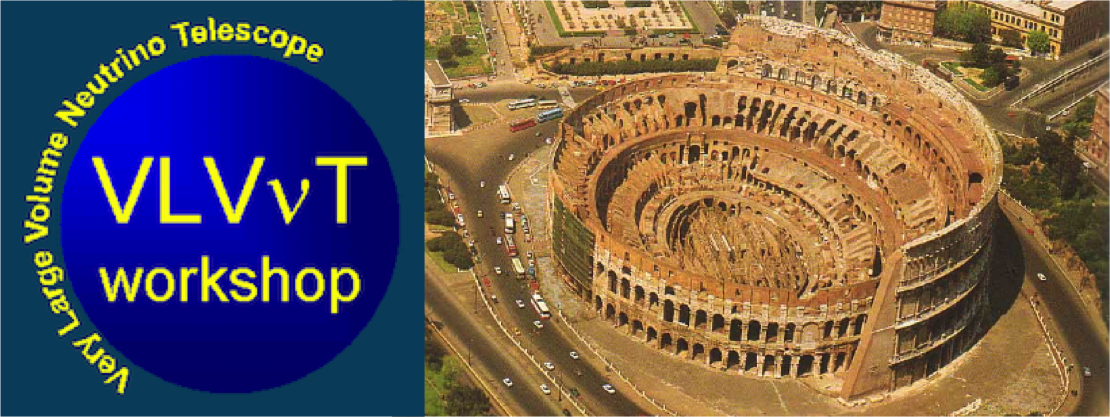Speaker
Olivier Martineau
(CNRS)
Description
High-energy neutrino astronomy will probe the working of the most violent phenomena in the Universe. The GRAND (Giant Radio Array for Neutrino Detection) project consists of an array of 200 000 radio antennas deployed over a total area of 200 000 km2 in a mountainous site. The array aims at detecting high energy neutrinos (E>10^16 eV) via the measurement of air showers induced by the decay in the atmosphere of tau leptons produced by the interaction of the cosmic neutrinos under the Earth surface. Our objective with GRAND is to reach a neutrino sensitivity of 2x10^-11 GeV/cm^2/s/sr above 3x10^16 eV. This sensitivity ensures the detection of cosmogenic neutrinos even in the most pessimistic source models of ultrahigh energy cosmic rays (UHECRs), and about a 100 events per year are expected for the standard source models. GRAND would also probe the neutrino signals produced at the potential sources of UHECRs.
We show how our preliminary array layout should allow us to reach our sensitivity goals, and estimate the associated experimental characteristics for high-energy neutrino detection. We assess the possibility to adapt GRAND to other astrophysical radio measurements (the study of the Epoch of Reionization for example). In particular, such a detector would constitute the largest observatory on ground for UHECR detection. We discuss in this token the technological options for the detector and the steps to be taken to achieve the GRAND project.
Author
Olivier Martineau
(CNRS)
